Immerse yourself in the evolving imagery of Moses, from ancient texts to modern interpretations, and discover the untold visual story.
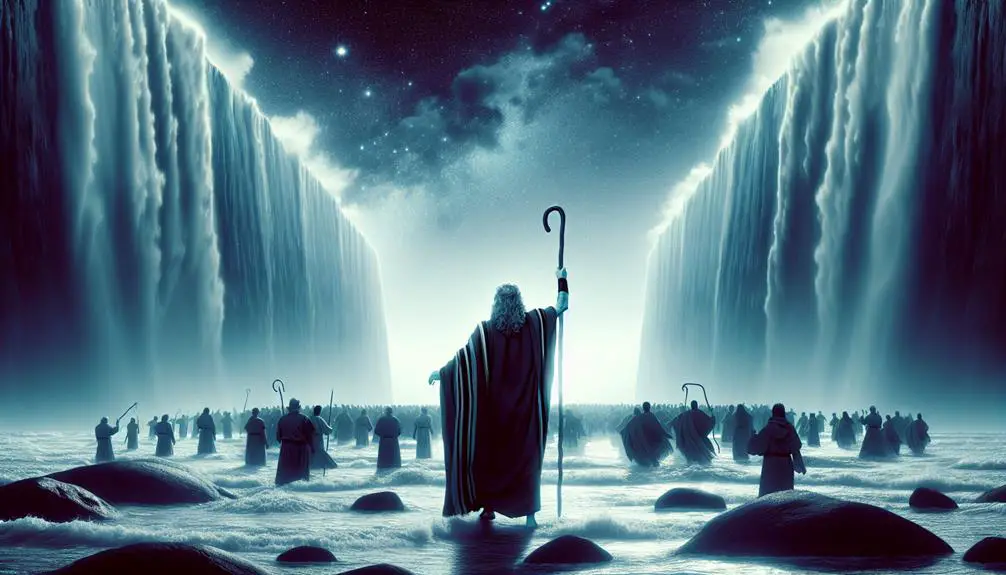
Pictures of Moses in the Bible
The portrayal of Moses in the Bible has been a subject of fascination and interpretation for centuries, evolving from early scriptural descriptions to elaborate artistic and cinematic representations. This transition not only reflects changes in artistic styles and cultural contexts but also highlights the enduring significance of Moses as a pivotal figure in religious, historical, and cultural narratives.
As we explore the visual legacy of Moses from ancient frescoes to modern films, we uncover the layers of meaning and interpretation that have contributed to the iconic status of this biblical figure. The journey through these representations offers a unique perspective on how Moses has been imagined and reimagined over millennia, inviting a deeper examination of the interplay between text, tradition, and artistic expression.
Key Takeaways
- Biblical depictions of Moses highlight his role as a liberator and lawgiver, symbolized by tablets and the rod of God.
- Artistic portrayals of Moses have evolved from symbolic early Christian art to detailed Renaissance masterpieces.
- Modern visual representations depict Moses with emotional depth and contemporary relevance through digital art and graphic novels.
- Symbolism in Moses' depiction communicates his divine connection and leadership, evolving across cultures and historical periods.
Biblical Descriptions of Moses
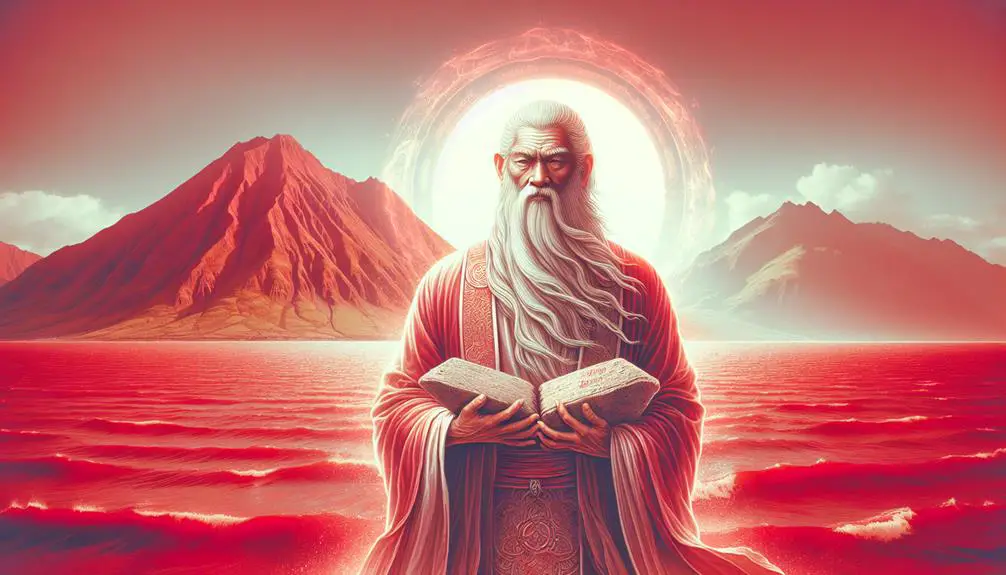
Exploring the biblical descriptions of Moses, the narrative presents him as a complex figure of significant religious, moral, and leadership stature, woven intricately into the fabric of the Old Testament. His lineage, of the tribe of Levi, not only situates him within a specific socio-cultural context but also imbues his character with a sense of divine purpose from birth. The Exodus account, which details his lineage, suggests that Moses' identity and mission were preordained, fostering a connection between his heritage and his destiny as a liberator and lawgiver.
Moses' leadership style is another aspect that merits detailed examination. Unlike the autocratic rulers of his time, Moses exhibited a consultative approach, often seeking God's guidance before making pivotal decisions. This aspect of his leadership underscores a profound reliance on divine wisdom, setting a precedent for spiritual and moral governance. Moreover, his ability to lead a fractious and often rebellious people through the wilderness for forty years highlights his exceptional qualities of patience, resilience, and adaptability. These characteristics not only facilitated the physical journey from Egypt to the Promised Land but also the spiritual and moral transformation of the Israelites.
Analyzing Moses' lineage and leadership style offers insights into his complex character, revealing a man deeply rooted in his tribal identity, yet universally significant in his role as a leader and prophet. His story, as depicted in the Old Testament, continues to be a source of inspiration and study, demonstrating the enduring power of faith, leadership, and moral integrity.
Early Artistic Interpretations
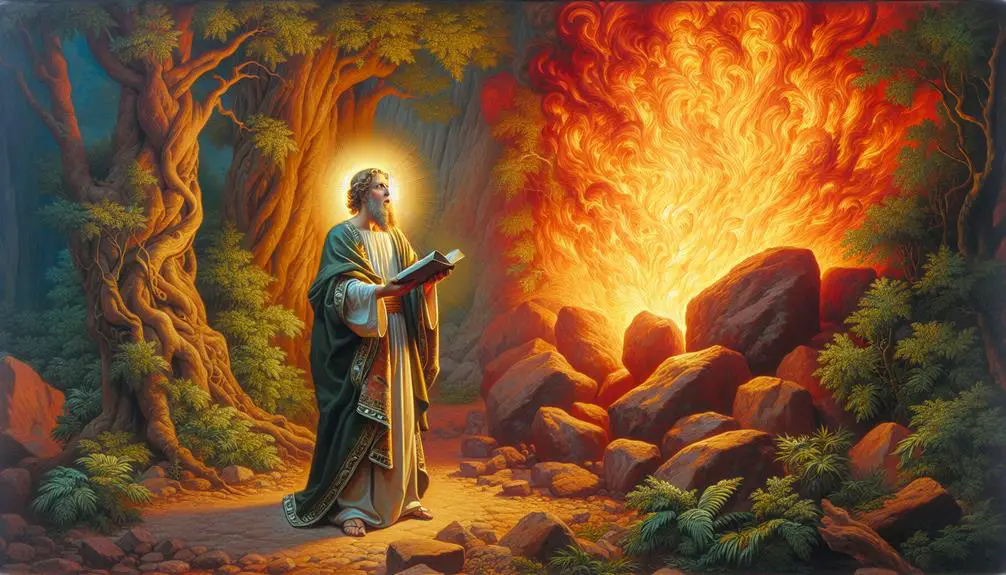
Delving into the realm of early artistic interpretations, it becomes evident that depictions of Moses have varied significantly across cultures and historical periods, reflecting a rich tapestry of theological, cultural, and artistic perspectives. The iconographic evolution of Moses in early art underscores the complex interplay between scriptural texts and the artists' interpretations, manifesting in a diverse array of symbolic attributes that convey his pivotal roles as prophet, lawgiver, and leader.
In early Christian art, Moses is often depicted with symbolic attributes such as tablets of the Law, signifying his role in receiving the Ten Commandments, and sometimes seen with horns or rays of light emanating from his head, a misinterpretation of the Hebrew word for 'rays' or 'beams' that has lingered in art history. This iconography evolved to include more nuanced symbols, such as the rod of God, which Moses used to perform miracles, emphasizing his divine mission and connection to God.
Byzantine and Medieval art further enriched the narrative and symbolic complexity of Moses' depictions. In these periods, Moses' iconography often mirrored the theological emphases of the times, portraying him as a prefiguration of Christ or as an intercessor, linking the Old Testament with the New. The artistic renditions from these eras highlight the iconographic evolution, showcasing a blend of literal and allegorical interpretations that catered to the spiritual and educational needs of the viewers.
The early artistic interpretations of Moses, therefore, offer a fascinating glimpse into the ways in which religious, cultural, and historical contexts have shaped the portrayal of biblical figures, with each depiction adding a layer to our understanding of Moses' multifaceted identity.
Renaissance Depictions
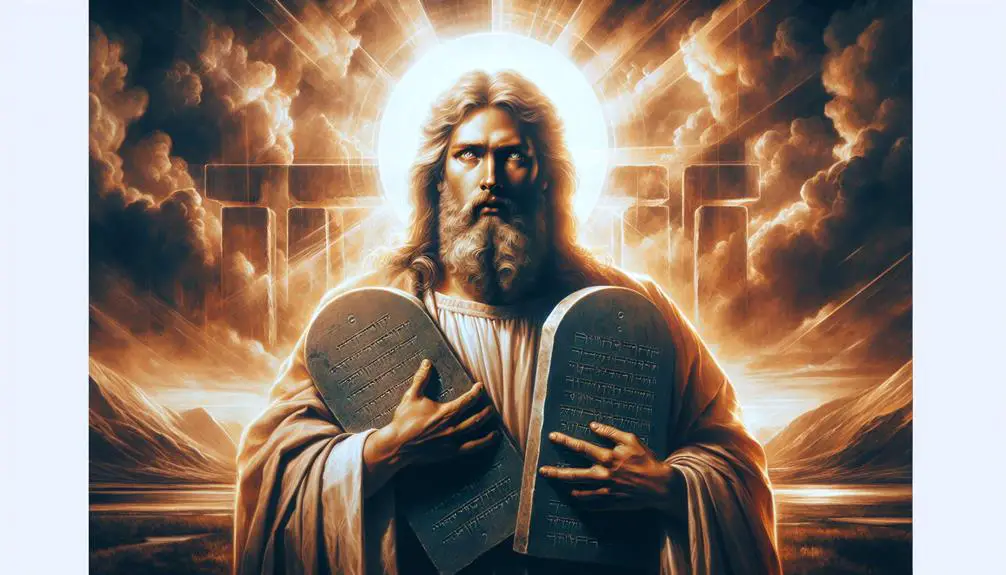
Moving into the Renaissance period, the depiction of Moses undergoes a remarkable transformation, reflecting the era's profound shifts in artistic techniques, cultural perspectives, and theological insights. This era, renowned for its rebirth of classical antiquity in philosophy, literature, and art, also brought a nuanced interpretation of biblical figures, including Moses. Renaissance artists, endowed with a renewed interest in humanism and the natural world, imbued their works with an unprecedented level of detail, realism, and emotional depth. The artistic symbolism associated with Moses during this period was rich and varied, often reflecting the painter's influence and the broader cultural currents of the time.
In the table below, we explore notable examples of Moses' depictions during the Renaissance and the unique combination of artistic symbolism and painter's influence evident in each work.
Artist |
Characteristics |
|---|---|
Michelangelo |
His statue of Moses, with horns of light, symbolizes a mistranslation but has become an iconic representation of divine illumination and power. |
Raphael |
In his frescoes, Moses is depicted with a balance of classical beauty and biblical gravity, emphasizing the human aspect of the prophet. |
Caravaggio |
Utilizes chiaroscuro to dramatize the biblical scenes, highlighting Moses' emotional depth and humanity. |
Titian |
Infuses his works with vibrant colors and dynamic compositions, portraying Moses as a vivid and powerful leader. |
Tintoretto |
Depicts Moses with a blend of mysticism and realism, illustrating the painter's influence in merging the divine with the earthly. |
This table illustrates the Renaissance's rich tapestry of interpretations, where artistic symbolism and the painter's influence converge to present Moses in a light never seen before, marking a significant departure from earlier artistic traditions.
Modern Visual Representations
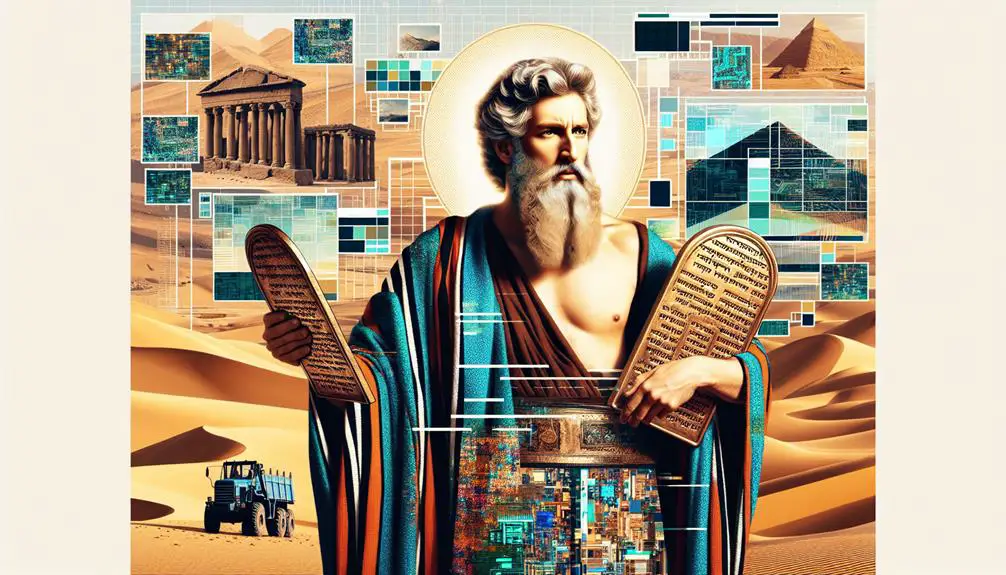
In the realm of modern visual representations, the portrayal of Moses transcends traditional biblical iconography, incorporating diverse mediums and contemporary perspectives to enrich the narrative of this seminal biblical figure. The advent of digital artistry and graphic novels has ushered in a new era of creativity and innovation in depicting Moses, enabling artists and storytellers to explore and express multifaceted dimensions of his character and legacy that were previously untapped.
Digital artistry, with its boundless potential for variation in color, texture, and light, allows for a more nuanced and dynamic portrayal of Moses. This medium enables artists to depict the complexity of Moses' emotions, the magnitude of his prophetic journey, and the divinity of his encounters with the divine in ways that resonate with modern audiences. The digital canvas becomes a space where the historical and the hypothetical blend, offering viewers an immersive experience into the life of Moses.
Graphic novels, on the other hand, revitalize the narrative of Moses by infusing it with contemporary relevance and accessibility. Through this medium, the story of Moses is not just retold but reimagined, with attention to dialogues, character development, and plot twists that speak to today's readers. The sequential art format of graphic novels allows for a detailed chronology of Moses' life, from his miraculous birth to his leadership of the Israelites out of Egypt, presented in a visually engaging manner that captures the imagination of both young readers and adults.
These modern visual representations of Moses not only breathe new life into ancient texts but also invite ongoing dialogue and reflection about his enduring significance in today's world.
Cinematic Portrayals of Moses
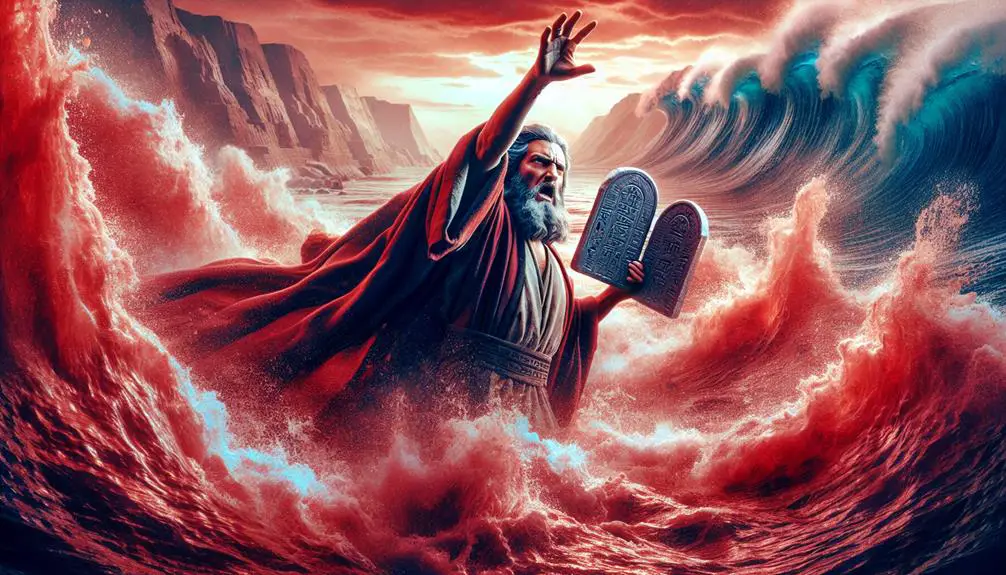
Cinematic portrayals of Moses have often played a pivotal role in shaping the public's perception of this iconic biblical figure, blending historical narratives with artistic interpretation to create compelling visual stories. These depictions have varied dramatically, from the stoic, divine-command leader to a more humanized character grappling with his destiny. The portrayal of Moses' charisma and leadership has been a central focus, exploring his journey from prince of Egypt to shepherd of a people.
Films like Cecil B. DeMille's *The Ten Commandments* (1956) and DreamWorks' *The Prince of Egypt* (1998) are prime examples of how Moses' character has been adapted for the screen. These adaptations underscore several key aspects:
- Moses' transformation: From a conflicted prince to a spiritual leader, highlighting the internal and external struggles that define his character arc.
- The depiction of charisma: Moses' ability to inspire and lead is often shown through his speeches, miracles, and unwavering faith, demonstrating his divine appointment and leadership qualities.
- Leadership portrayal: The films capture the challenges Moses faces in leading the Israelites out of Egypt, emphasizing his strategic acumen, patience, and moral integrity.
Analyzing these cinematic portrayals reveals the complexity of Moses as both a man and a myth. Filmmakers have taken liberties in interpreting Moses' story, yet they consistently emphasize his unparalleled leadership and charisma. Through the visual medium, audiences are invited to explore the multifaceted nature of one of the Bible's most prominent figures, offering a deeper appreciation for his legacy and its enduring impact.
Frequently Asked Questions
What Psychological Impact Does the Portrayal of Moses Have on Contemporary Religious Belief and Practice?
The portrayal of Moses' leadership in religious texts significantly influences contemporary religious belief and practice, fostering a profound psychological impact.
Analyzing Moses as a figure through a symbolic interpretation lens, adherents find in his narrative principles of guidance, resilience, and faith.
This symbolic representation not only reinforces personal and communal ethical standards but also serves as a spiritual archetype, inspiring leadership qualities and moral fortitude in the face of adversity.
How Do Depictions of Moses in Non-Western Cultures Differ From Those in Western Art and Cinema?
How does the artistic representation of iconic figures shift across cultural landscapes?
When exploring depictions of Moses, non-Western cultures often diverge significantly from Western art and cinema, through the lens of cultural attire and artistic symbolism.
These variations are not merely aesthetic but carry deep-seated meanings, reflecting the unique spiritual and cultural narratives of each society.
This distinction enriches understanding, highlighting the universal yet diverse appreciation and interpretation of such a pivotal historical and religious figure.
In What Ways Have Children's Books and Educational Materials Adapted the Image of Moses to Engage Young Audiences?
Children's books and educational materials have strategically adapted the image of Moses to captivate young audiences through innovative use of color schemes and illustration styles. These adaptations often employ vibrant, engaging colors alongside simplified, yet expressive, illustration techniques to convey the narratives effectively.
This approach not only makes the stories of Moses more accessible to children but also aids in their understanding and retention of these historical and religious narratives.
How Have Recent Archaeological Discoveries Influenced the Artistic Representation of Moses in New Media?
Recent archaeological discoveries have significantly influenced the artistic representation of Moses in new media, emphasizing color symbolism and textual accuracy.
These findings have provided creators with a more nuanced understanding of the cultural and historical contexts of Moses's era, leading to depictions that align more closely with historical evidence.
This approach has enriched the portrayal of Moses, ensuring that artistic interpretations remain both visually compelling and faithful to the source material's historical authenticity.
What Role Do Gender Studies Play in Analyzing the Visual Representations of Moses Across Different Cultures and Historical Periods?
In examining the role of gender studies in analyzing visual representations across cultures and historical periods, it becomes imperative to consider gender politics and visual semiotics. This analytical approach facilitates a deeper understanding of how gender norms and identities influence the portrayal and perception of figures.
Specifically, by scrutinizing the semiotic cues embedded within these representations, scholars can uncover the subtle ways in which gender ideologies are constructed, reinforced, or challenged through visual narratives.
Conclusion
In the realm of artistic representation, Moses, a quintessential biblical figure, traverses a rich tapestry of visual interpretations, evolving through epochs from early artistic expressions to modern cinematic portrayals.
Each era, interpreting through its unique lens, contributes to a layered understanding of Moses, blending scriptural fidelity with creative imaginings.
This journey through art not only enriches the historical perception of Moses but also invites a contemplative engagement with the multifaceted dimensions of his legacy, subtly unraveling the enduring resonance of his story across generations.

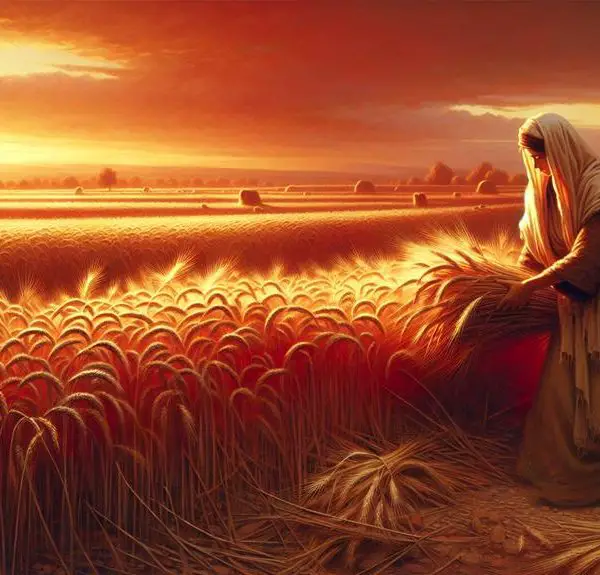
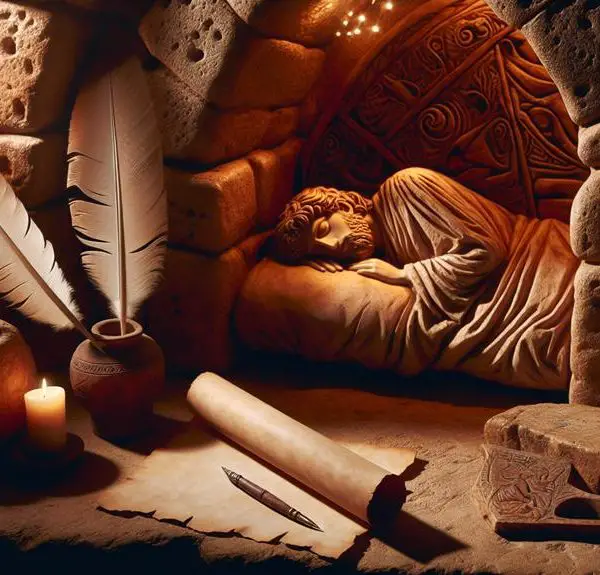
Sign up